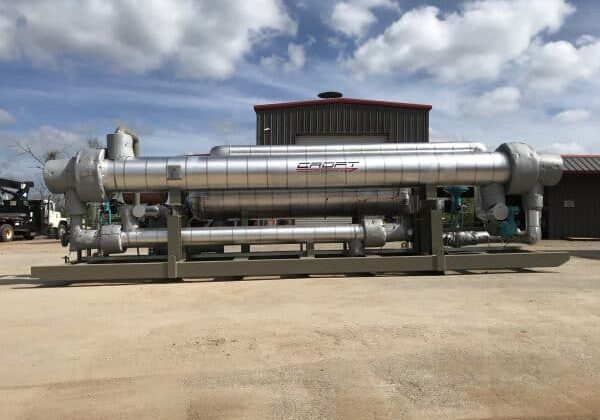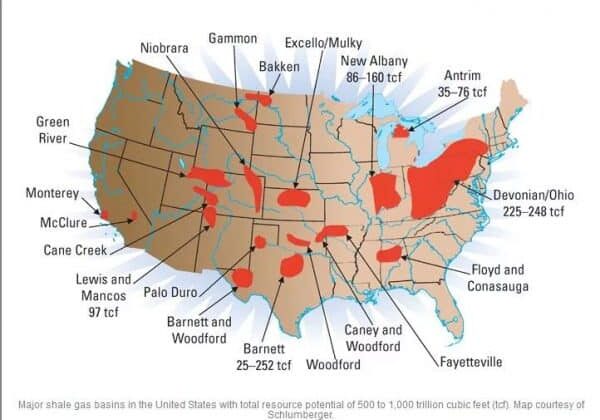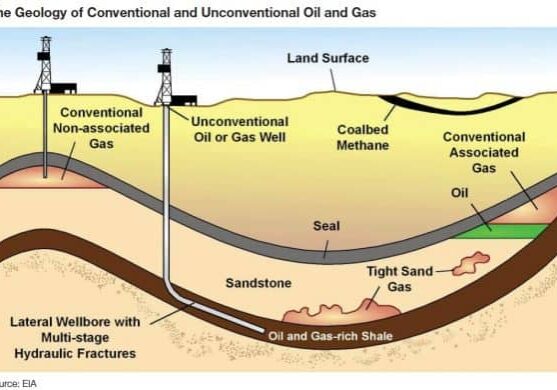These days you’re always hearing about ways to “go green” and if you look around you, you will see the efforts everywhere. From reusable grocery bags to electric cars, going green efforts and reducing our carbon footprint on the world seem to be a top priority on everyone’s mind. We have seen how easy it is to damage the environment with pollution, chemicals, and hazardous materials over the years. Thinking of and developing ways to help our environment is important in today’s world as well as for the future.
Simply put, a carbon footprint can be defined as the number of emissions that are caused by a product or person. The use of natural gas is one way that companies, products, and even YOU can help reduce the carbon footprint that we leave behind on the world.
Is Natural Gas Environmentally-Friendly?
Out of other fossil fuels and sources of energy, such as oil and coal, natural gas is actually the cleanest fuel. Natural gas is composed mainly of methane, and whenever it is burns, or combust, the main products that are released are carbon dioxide and water vapor, which are the same components that are released whenever we exhale. Whereas when coal and oil combust, they release a higher level of harmful emissions such as carbon, nitrogen oxide, and sulfur dioxide. However, methane, when released into the atmosphere, is 86 to 105 times as powerful as CO2 as Green House Gases so these emissions need to be controlled. The emissions that are produced need to be controlled in the processing sector to help prevent or decrease the pollutants that negatively affect our environment. It is especially important to realize the dangers that methane can have on the ozone when emitted. CROFT realizes the importance of eliminating emissions while processing the clean burning natural gas.

How Can You Reduce Methane Emissions?
When processing natural gas, it is important to reduce the release of methane emissions. CROFT has done just that. The Passive Dehydration System (PDS), is a safe way to dehydrate your gas while decreasing the negative effects that industry-standard processing of natural gas can have on the environment. The PDS emits almost no emissions whereas other dehydrators, glycol units, emit several billion cubic feet of toxins annually. To illustrate the difference, the glycol unit emits 4,562 Mcf/year of methane whereas the PDS emits 23.34 Mcf/year. To put it into perspective, the PDS only emits about the equivalent amount of toxins as .002 cars do yearly. The PDS is environmentally friendly because of the control of emissions, but with no emissions of natural gas means capital savings to the operator.
The emissions that fossil fuels and other energy sources give off can be harmful to our environment as well as harmful to people. Natural gas does give off some of these harmful emissions, but it is important to understand that we can control these emissions that are given off. It is the cleanest source of energy but needs to be fully utilized and help reduce emissions in the processing sector. In today’s world, things such as electricity, generators, and cars are a necessity that is hard to live without for most of us. Natural gas can be the best use for sources of energy, and it is no secret that when great amounts of methane are emitted, it is harmful and dangerous. The Passive Dehydration System is, without a doubt, a great alternative to help with emissions in the processing sector of the oil and gas sector.

http://www.epa.gov/cleanenergy/energy-and-you/affect/natural-gas.html
https://www.croftsystems.net/oil-gas-blog/vehicles-powered-by-natural-gas/











